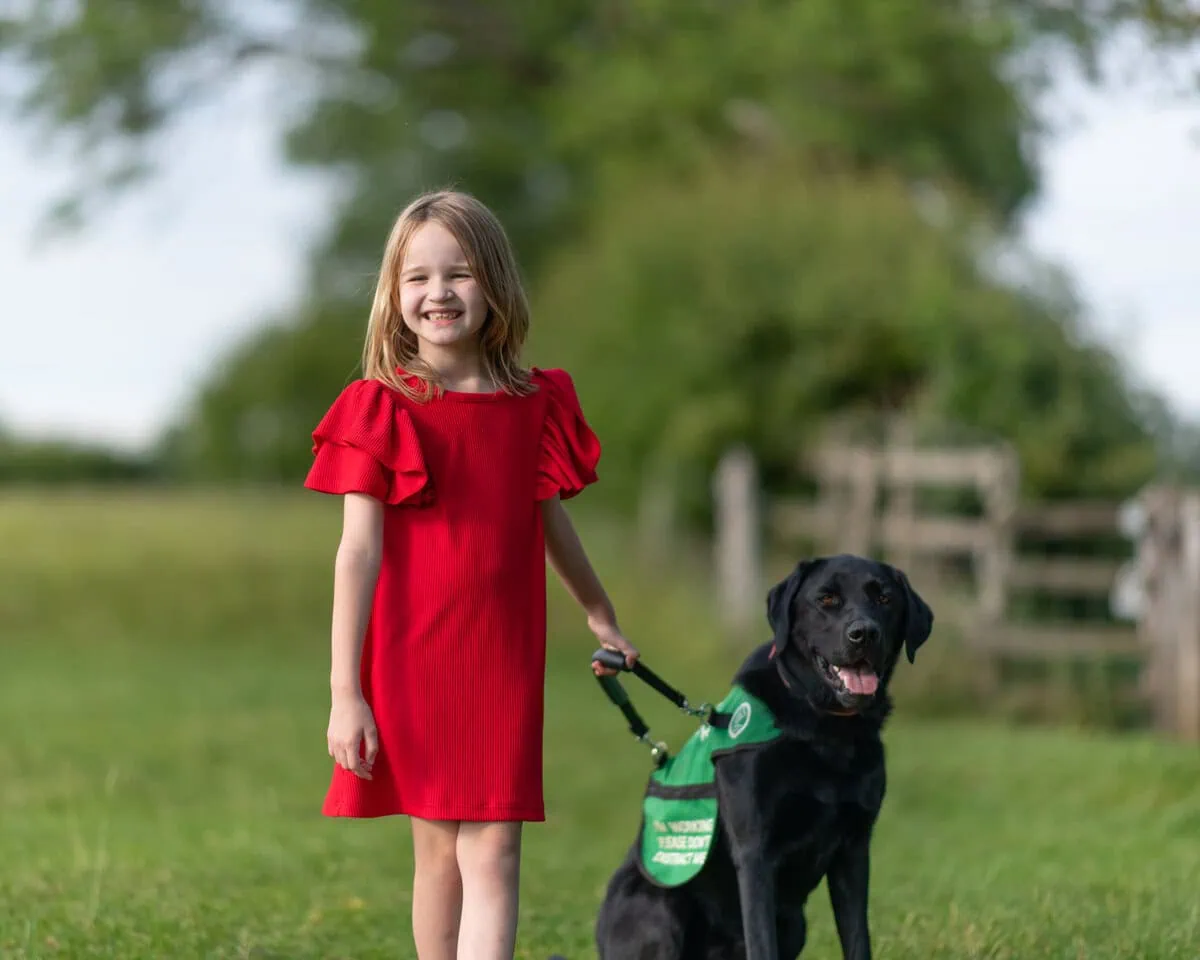
This chart may be used as a guide to preventing your dog’s exposure to poisonous plants, foods and other items. This list is not exhaustive and there are many other plants, foods and items that are potentially dangerous. However, here are the most common ones you are likely to come across.
If you suspect your dog has been exposed to a poisonous substance, call your vet immediately.
House plants poisonous to dogs
| Name | Description | Symptoms |
| Spider Plant Cyclamen | Common house plant with long stripy leaves. | Vomiting, convulsions, local irritation. |
| Poinsettia | Favourite Christmas plant with milky sap. | Irritates mucous membranes, excessive salivation & vomiting. |
| Philodendron | Climbing vines with shiny leaves & aerial roots. | Immediate pain, local irritation to mucous membrane, renal failure. |
| Mother-in-laws Tongue | Succulent tall erect pointed leaves. | Vomiting & diarrhoea. |
| Jerusalem Cherry | Popular Christmas plant with berries. | Vomiting & diarrhoea. |
Garden plants poisonous to dogs
| Name | Description | Symptoms |
| Foxglove | Common biennial, all parts poisonous. | Acute abdominal pain, vomiting, bloody diarrhoea. |
| Holly | Evergreen with berries. | Abdominal pains, vomiting & diarrhoea. |
| Mistletoe | Perennial parasitic. | Vomiting, profuse diarrhoea, etc., death from cardiovascular collapse within hours. |
| Daffodils & Hyacinths | Bulbs in storage may be accessible to pets. | Vomiting & diarrhoea, occasionally death. |
| Azalea & Rhododendrons | Evergreen or deciduous shrub. | Within hours of ingestion of toxic dose, salivation, vomiting, diarrhoea, convulsions, coma, death. |
| Yew | Evergreen, fleshy red berries, very poisonous. | Nervousness, trembling, death. |
| Spring bulbs (flowers) E.g. tulips, daffodils, crocuses |
Effects from digestion can include vomiting, stomach upset and salivation. Can escalate to dogs appearing sleepy and unsteady when standing up or even collapsing. |
Food poisonous to dogs
| Name | Symptoms |
| Grapes & raisins | Both grapes and raisins can cause acute renal failure. Early signs are vomiting, diarrhoea, abdominal tenderness and lethargy. |
| Chocolate (particularly with high % of cocoa) | Chocolate contains theobromine which dogs are particularly sensitive to. Clinical signs of ‘chocolate poisoning’ are vomiting, hyperactivity, restlessness, rapid respiration, raised heartbeat, muscle tremors and seizures. |
| Garlic & onions | Both garlic (in large amounts) and onions contain thiosulfate which causes haemolytic anaemia in dogs. |
| Avocado seed | Avocado plants contain a substance called Persin in their seeds which can cause vomiting and diarrhoea. |
| Xylitol (artificial sweetener) found in sweets, chewing gum, drinks etc. | Extremely dangerous and once digested is very quick to act. Can go into hypoglycaemia which is linked to liver failure and blood clotting disorders) which a dog’s body cannot cope with. Signs include dog appearing weak, lethargic, collapsing or having a fit. |
Other items poisonous to dogs
| Name | Symptoms |
| Human Medication e.g. Aspirin, Ibuprofen | All of these can cause severe symptoms in dogs. Signs can include vomiting, diarrhoea and abdominal pain. |
| Slug Pellets | Slug pellets contain metaldehyde which can cause excitement and seizures followed by depression and collapse. |
| Antifreeze | Antifreeze has a sweet taste that is palatable to dogs. Signs include vomiting, unsteadiness, dehydration and thirst, usually occur within 1 hour. |
| Cocoa Mulch | Cocoa mulch can be particularly appealing to dogs due to its ‘chocolate’ smell. It contains theobromine (see symptoms for chocolate overleaf). |
| Tea Tree Oil | Tea tree oil (Melaleuca alternifolia) contains toxic cyclic terpenes which is poisonous when ingested. |
| Mouse and Rat Poison | These contain brodifacoum or bromadiolone and are toxic after a single ingestion. Signs include spontaneous and excessive bleeding internally and externally. Other rodenticides may contain cholecalciferol which causes hypercalcemia and leads to heart and kidney problems. Newer rodenticides may contain bromethalin which is a neurotoxicant that causes respiratory issues due to nerve damage. Signs include seizures, muscle tremors and depression. |
| Insecticides | Commonly contain either organophosphates or carbamates. They can be absorbed through the skin, conjunctiva, gastrointestinal tract, and lungs. Toxicity occurs through over dosage (flea treatments), so be careful when you administer these. Signs for both include hyper-salivation, vomiting, lethargy, tremors, difficulty walking, weakness and death. |
| Chlorine-based starches and detergents | Can cause corrosive injury to the mouth and gut and may cause further complications if splashed in the eye or on the skin. Detergents can cause salivation and stomach problems if drunk or licked. Can make a dog bring up frothy or foamy vomit. |
Remember – If you suspect your dog has ingested or been exposed to a poisonous substance, call your vet immediately. Time can be critical and delay without expert advice can result in severe debilitation, pain and discomfort or even loss of life.
Puppies can be very curious so there is a need to carefully supervise what they explore with their mouths.
What to do if you suspect poisoning
Suspected ingested poisoning:
-
Remove the poisonous substance immediately if safe to do so.
-
Call your vet for advice immediately with information regarding the poison (e.g. what it is and how much the dog has consumed) and the symptoms and status of the dog (e.g. vomiting, coughing, unconscious etc.)
-
Check your dog and monitor their behaviour.
Suspected chemical poisoning:
-
Contact your vet immediately.
-
Assess the area for danger. If it’s too dangerous to enter, don’t do it.
-
Make the area safe, if possible, by improving ventilation, e.g. open windows and doors.
-
If the area is safe, assess the condition of the dog: look for blood, injury, burns, check for breathing and move the dog away from the poison. Do not get contaminated yourself – wear gloves and cover skin.
More details on poisoning of dogs can be found at:
Veterinary Poisons information Service (VPIS) at vpisglobal.com.
Help support our life-changing work...
Imagine if everyday tasks were so challenging or physically demanding they affected your quality of life. For many people living with a disability or families with a child with autism, that is their reality. Now imagine if a specially trained four-legged friend could restore your, or your family’s, independence.
The demand for our services is high and we can’t help as many people as we would like to without more funding. Please help us continue to bring people and dogs together to help make everyday life possible in so many extraordinary ways.
Every contribution, whatever size, is important and helps us make a difference.
